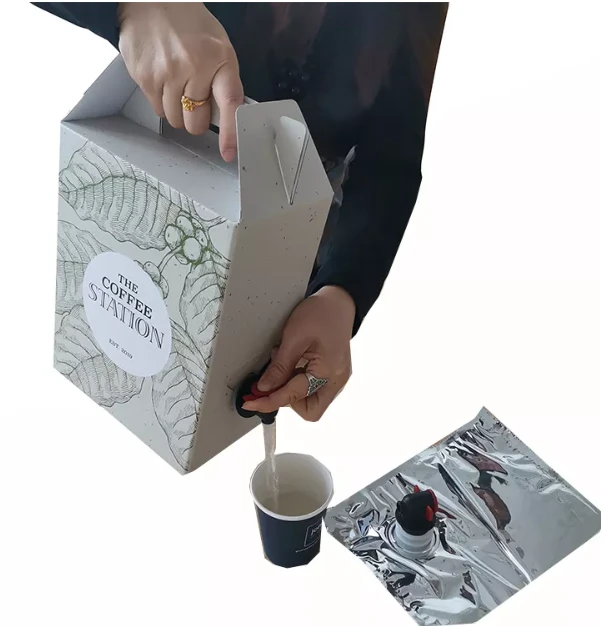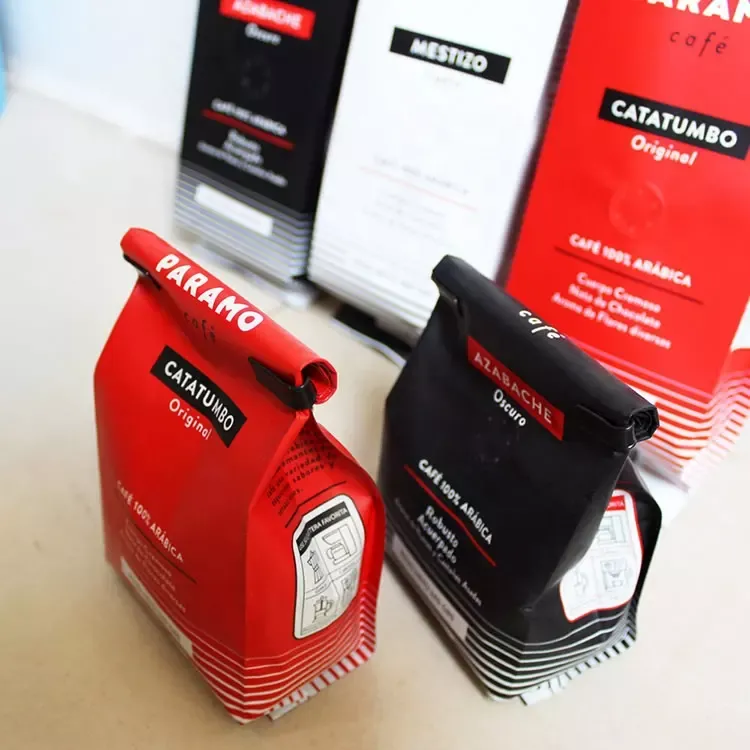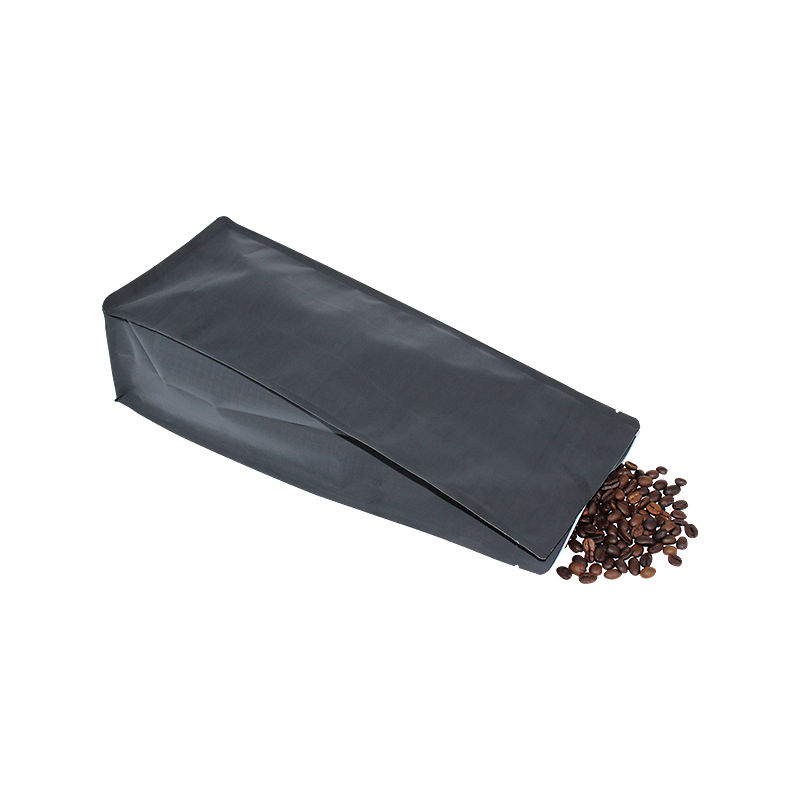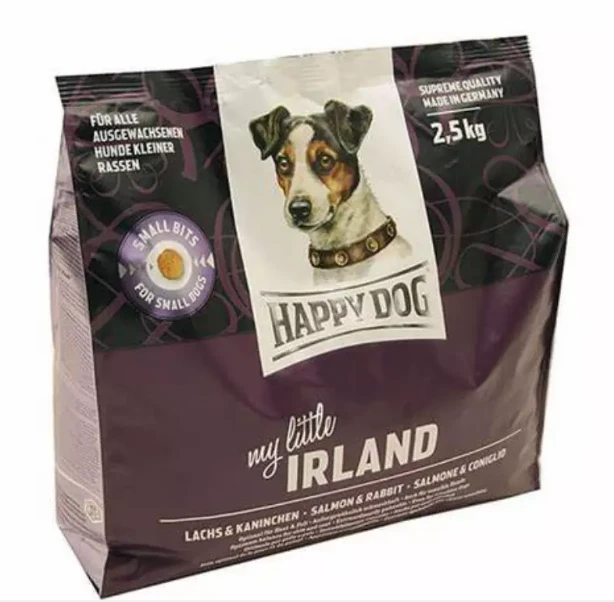- Afrikaans
- Albanian
- Amharic
- Arabic
- Armenian
- Azerbaijani
- Basque
- Belarusian
- Bengali
- Bosnian
- Bulgarian
- Catalan
- Cebuano
- chinese_simplified
- chinese_traditional
- Corsican
- Croatian
- Czech
- Danish
- Dutch
- English
- Esperanto
- Estonian
- Finnish
- French
- Frisian
- Galician
- Georgian
- German
- Greek
- Gujarati
- haitian_creole
- hausa
- hawaiian
- Hebrew
- Hindi
- Miao
- Hungarian
- Icelandic
- igbo
- Indonesian
- irish
- Italian
- Japanese
- Javanese
- Kannada
- kazakh
- Khmer
- Rwandese
- Korean
- Kurdish
- Kyrgyz
- Lao
- Latin
- Latvian
- Lithuanian
- Luxembourgish
- Macedonian
- Malgashi
- Malay
- Malayalam
- Maltese
- Maori
- Marathi
- Mongolian
- Myanmar
- Nepali
- Norwegian
- Norwegian
- Occitan
- Pashto
- Persian
- Polish
- Portuguese
- Punjabi
- Romanian
- Russian
- Samoan
- scottish-gaelic
- Serbian
- Sesotho
- Shona
- Sindhi
- Sinhala
- Slovak
- Slovenian
- Somali
- Spanish
- Sundanese
- Swahili
- Swedish
- Tagalog
- Tajik
- Tamil
- Tatar
- Telugu
- Thai
- Turkish
- Turkmen
- Ukrainian
- Urdu
- Uighur
- Uzbek
- Vietnamese
- Welsh
- Bantu
- Yiddish
- Yoruba
- Zulu
Eco-Friendly Recyclable Food Pouches Sustainable Packaging Solutions
- Understanding the environmental impact of flexible packaging
- Technical breakthroughs in pouch recyclability
- Performance comparison: Leading manufacturers analyzed
- Customization options for different industries
- Real-world implementation success stories
- Certification standards and compliance factors
- Future developments in sustainable packaging

(recyclable food pouches)
The Rise of Recyclable Food Pouches in Sustainable Packaging
Global packaging waste accounts for 36% of total plastic production (Statista 2023), with food pouches representing 17% of single-use plastics. Modern recyclable food pouches
utilize mono-material structures combining polyethylene and barrier layers, achieving 94% material recovery rates in advanced recycling streams. Major CPG brands have reduced carbon footprint by 38% through switching to recyclable vacuum pouches since 2020.
Engineering Next-Gen Barrier Protection
Breakthroughs in plasma-enhanced deposition enable 3μm oxygen barriers without aluminum layers. Comparative testing shows:
| Technology | Shelf Life | Recycle Score | CO2/kg |
|---|---|---|---|
| Traditional Laminate | 18 months | 23% | 4.2 |
| Recyclable EVOH | 15 months | 89% | 2.1 |
| Plasma SiO₂ | 22 months | 97% | 1.8 |
Manufacturer Capability Analysis
Top performers in recyclable packaging pouches demonstrate distinct advantages:
| Vendor | Seal Strength | Cycle Time | FDA Compliance |
|---|---|---|---|
| EcoPouch Pro | 12N/15mm | 2.3s | Grade A |
| GreenWrap Solutions | 9.8N/15mm | 1.9s | Grade B+ |
| CircularPack | 14.2N/15mm | 2.1s | Grade AA |
Tailored Solutions Across Industries
Customization parameters for recyclable vacuum pouches include:
- Thickness variations (80-150μm)
- UV-blocking additives
- Cold chain integrity (-40°C to 50°C)
- Digital watermarks for sorting
Verified Operational Successes
A European baby food manufacturer achieved 92% pouch-to-pouch recyclability using triple-layer PE structures. Post-consumer recycled content reached 40% while maintaining sterilization compliance (ISO 11607-1).
Certification Landscape
Global standards require:
- ASTM D6954-18 contamination thresholds
- EN 13432 biodegradation limits
- How2Recycle® labeling compliance
Why Recyclable Food Pouches Are the Future of Packaging
With 68% of consumers willing to pay premium for eco-packaging (McKinsey 2023), recyclable food pouches deliver technical parity with traditional options while reducing landfill contributions by 54%. Ongoing developments in chemical recycling promise closed-loop systems achieving 99% material reuse by 2028.

(recyclable food pouches)
FAQS on recyclable food pouches
Q: What materials are used in recyclable food pouches?
A: Recyclable food pouches are typically made from mono-materials like polyethylene (PE) or polypropylene (PP), designed for easy separation and recycling. These materials meet industry standards for sustainability and food safety.
Q: Can recyclable vacuum pouches be processed in curbside recycling programs?
A: It depends on local recycling facilities. Some accept recyclable vacuum pouches if cleaned and labeled properly, while others require drop-off at specialized recycling centers. Always check local guidelines first.
Q: How do recyclable packaging pouches reduce environmental impact?
A: They minimize waste by using materials that can be reprocessed into new products. This reduces landfill use and resource consumption compared to traditional multi-layered, non-recyclable pouches.
Q: Are recyclable food pouches certified by any sustainability organizations?
A: Many carry certifications like How2Recycle® or meet ISO 14001 standards. Look for specific logos or labels on the packaging to verify compliance with recycling protocols.
Q: How should I prepare used recyclable vacuum pouches for recycling?
A: Empty and rinse pouches thoroughly to remove food residue. Remove any non-recyclable components like valves or zippers, then flatten them to save space in recycling bins.













